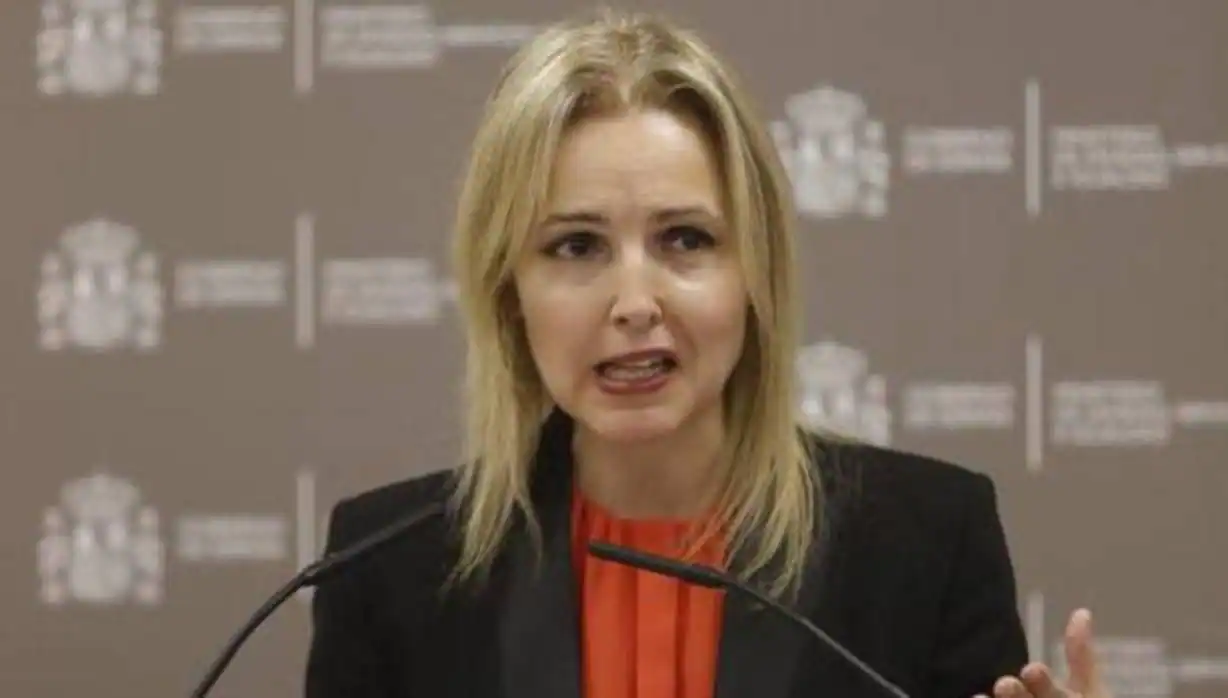When is it ok to fight one repugnant transaction with another? The New York Times has a story of fighting the (repugnant) sales of rhinoceros horn by flooding the market with fake rhinoceros horn, i.e. fighting the species-endangering trafficking of rhino horn by selling fakes. Of course the success of such a strategy for reducing poaching depends on whether fakes are a substitute or a complement for the real thing--e.g. it will fail if the fakes increase the size of the market in ways that increases poaching, rather than satisfying the demand more cheaply (or if fear of convincing fakes reduces demand...)
Scientists Created Fake Rhino Horn. But Should We Use It?
Experts are divided over whether flooding the Asian market with convincing artificial rhino horn would help or hurt rhinos’ survival. By Rachel Nuwer
"In Africa, 892 rhinos were poached for their horns in 2018, down from a high of 1,349 killed in 2015. The decline in deaths is encouraging, but conservationists agree that poaching still poses a dire threat to Africa’s rhino population, which hovers around 24,500 animals.
Scientists Created Fake Rhino Horn. But Should We Use It?
Experts are divided over whether flooding the Asian market with convincing artificial rhino horn would help or hurt rhinos’ survival. By Rachel Nuwer
"In Africa, 892 rhinos were poached for their horns in 2018, down from a high of 1,349 killed in 2015. The decline in deaths is encouraging, but conservationists agree that poaching still poses a dire threat to Africa’s rhino population, which hovers around 24,500 animals.
Now, in the hopes of driving down the value of rhino horn and reducing poaching even more, scientists have created a convincing artificial rhino horn made from horsehair.
...
Dr. Vollrath believes his artificial horn could be used to covertly flood the market with a cheap, convincing replacement, reducing the demand that leads to rhinos being slaughtered. He also hopes it might provide an educational tool for “demystifying that rhino horn’s something very special,” he said.
...
"Critics say that fake rhino horn risks stimulating demand for real horn, and that it would complicate policing. “There’s already scarce resources for wildlife crime and we don’t want to make it even more difficult for law enforcement,” said Ms. Swaak-Goldman, who works with governments and law enforcement agencies.
Peter Knights, chief executive officer of WildAid, a nonprofit organization dedicated to ending illegal wildlife trade, added that the market in Vietnam is already flooded with convincing fakes, like water buffalo horn, which accounts for up to 90 percent of what’s sold as rhino horn. “It’s widely known that there is a lot of fake product out there, so this experiment is already running,” Mr. Knights said."
*************
See also
The Economics of Synthetic Rhino Horns
32 Pages Posted: 24 Aug 2016 Last revised: 10 Aug 2017
Date Written: June 1, 2017
Abstract
To examine the potential impact of synthetic horns to reduce rhino poaching, a formal model of the rhino horn market in which there exist firms with the capability to produce high quality synthetic horns is presented and studied. The analysis shows that whether the availability of synthetic horns would decrease the equilibrium supply of wild horns -- and how much the reduction would be -- depends on market structure -- i.e., how competitive the synthetic horn production sector is -- and on how substitutable the synthetic horns are for wild horns. The implications of these results for conservation policies are derived and discussed. Synthetic horn producers would benefit more by promoting their products as being superior to wild horns, but this could increase horn prices and lead to more rhino poaching. For conservation purposes, it may be beneficial to incentivize firms to produce inferior fakes -- synthetic horns that are engineered to be undesirable in some respect but difficult for buyers to distinguish from wild horns. The analysis also shows that promoting competition in the production of synthetic horns in general is desirable from a conservation standpoint as synthetic horn producers may prefer to keep prices at a high enough level that could still encourage significant amount of poaching.






